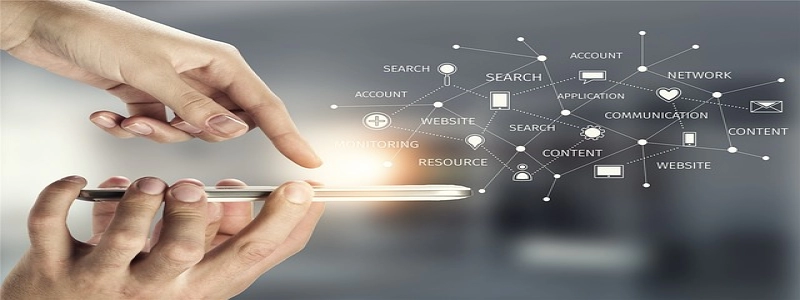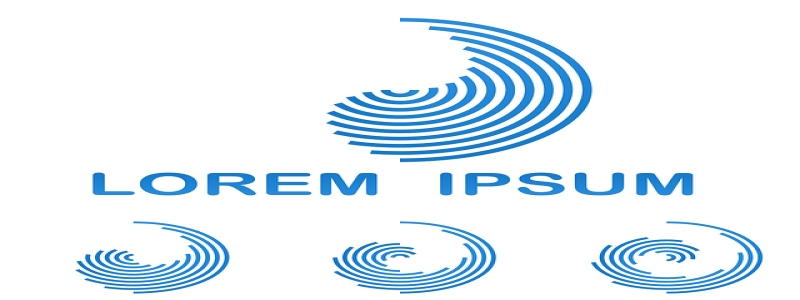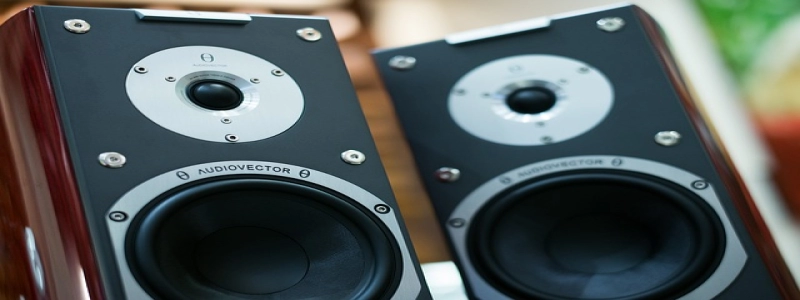Laser Diode Arduino
Introduction:
In this tutorial, we will discuss how to interface a laser diode with an Arduino board. A laser diode is a small semiconductor device that emits a coherent and narrow beam of light. It is commonly used in various applications such as optical communication, laser pointers, barcode scanners, and many more. By integrating a laser diode with an Arduino, we can create interesting projects, such as laser target shooting games or laser-based security systems.
1. Materials Required:
Before we start, let’s gather all the necessary materials for this project. You will need the following items:
– Arduino board (Uno, Nano, or any compatible board)
– Laser diode module
– Resistor (220 ohms)
– Jumper wires
– Breadboard (optional, for easy prototyping)
2. Circuit Connection:
To connect the laser diode with the Arduino board, follow these steps:
– Place the Arduino board on the breadboard (if using one) and connect the GND pin of the Arduino to the breadboard’s negative rail.
– Connect the positive terminal of the laser diode module to the breadboard’s positive rail.
– Connect the resistor’s one end to the positive rail and the other end to the digital pin of the Arduino (e.g., pin 13).
– Finally, connect the negative terminal of the laser diode module to the GND rail on the breadboard.
3. Arduino Code:
Now, let’s write a simple Arduino code to control the laser diode. Open the Arduino IDE and create a new sketch. Copy and paste the following code into the sketch:
void setup() {
pinMode(13, OUTPUT); // Configure pin 13 as OUTPUT
}
void loop() {
digitalWrite(13, HIGH); // Turn on the laser diode
delay(1000); // Delay for 1 second
digitalWrite(13, LOW); // Turn off the laser diode
delay(1000); // Delay for 1 second
}
4. Explanation:
The code starts by setting pin 13 as an output using the pinMode() function in the setup() function. In the loop() function, the digitalWrite() function is used to turn on and off the laser diode by setting the pin 13 to high and low, respectively. The delay() function is employed to add a 1-second delay between turning on and off the laser diode.
5. Upgrades and Applications:
Once you successfully interface the laser diode with the Arduino, you can explore various upgrades and applications. Some ideas include:
– Integrate a laser sensor to create a laser-based security system.
– Use additional sensors and create a laser target shooting game.
– Combine the laser diode with a motor controller to build a laser engraver.
– Implement a laser-based communication system between multiple Arduino boards.
Conclusion:
In this tutorial, we learned how to interface a laser diode with an Arduino board. We discussed the necessary materials, circuit connection, and wrote a simple Arduino code to control the laser diode. By exploring different upgrades and applications, you can unleash the full potential of the laser diode and Arduino combination. Have fun experimenting and creating exciting projects with lasers!








